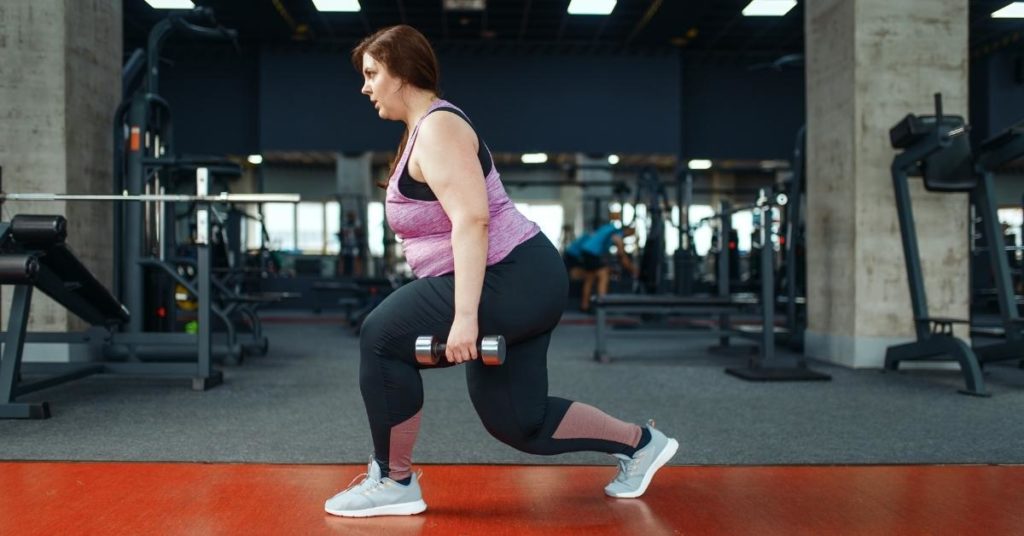Beat Gym Boredom

The journey of health and fitness isn’t a destination, it’s a lifestyle.
Having a routine, and even a program to follow, is a helpful way to stay consistent and on track with goals. But while consistency is essential for progress, the repetitiveness of the same routine and workouts can get a little mundane after a while–even for the most devoted.
If you have clients who are more physically fit, ones who have been working out for a long time, or for anyone who needs a change of pace, consider trying out new ways to shake up their fitness program and keep your clientele coming back for more.
Keep your fitness program challenging.
As clients make progress and advance in technique, exercises they once found challenging will get easier. Because of this, you should modify and introduce more difficulty the longer you work with someone to keep them challenged and avoid stagnation.
Your fitness program should be personalized for each individual and include a range of movements and approaches that target strengthening clients individual weaknesses. Weaknesses are different for everyone, but we all have them. There is more to learn and work on when we’re trying to get better at something. Whether it’s focusing on building stability, stamina, strength, or endurance, be aware of where your clients need to improve and spend more time in that area.
Keep the body on its toes with variety.
Exercise variation can mean incorporating many different movements into one training session, but that’s not the only way to add variety to a workout. Variation can still be achieved while focusing on core, conventional exercises. Through changes in timing/tempo, volume, sets, exercise order, angles, equipment used, etc. the body is engaged in new and different ways than what it’s used to.
Adding in variation will not only keep your client interested for what’s next, but will also improve their performance and maximize results. Over time our muscles build adaptive resistance to the movements we repetitively do until they no longer respond as well, resulting in less effectiveness. Adaptive resistance can even lead to injury. (Source). The right amount of variation creates new stimuli for the body, both mentally and physically, leading to increased interest, progress and gains.
Focus on the entire body.
Include different forms of exercise in your program, with the idea of total body fitness in mind. While all programs should be tailored to your client’s goals, you can still find ways to add in a range of different exercise styles that build overall fitness in the 5 main areas: cardiorespiratory, muscular strength and endurance, body composition and flexibility.
Try incorporating a mix of High Intensity Interval Training (HIIT), weight lifting, body weight, stretching and flexibility, and isolated movements. This is also a great way to introduce your clients to the many different types of exercise that exist, helping them discover what they really like.
Reflect and review goals.
Check in with your client about their goals. As time goes on, goals may change so it’s important to touch base and readjust the program if necessary to ensure they get the most out of their experience.
Reviewing goals is a good way to remind someone why they started their fitness journey in the first place, and the greater purpose of all their sweat (and maybe even tears). As they look back they’ll see how far they’ve come and the progress they’ve already made. This will renew motivation and keep spirits high.
Keeping things fresh and dynamic for your clients is something they’ll appreciate and is essential for progress and avoiding plateaus. As a trainer, you’re there to inspire others to find their own love for fitness and reach the results they’re striving for. However, in order to really achieve that, the client themselves must be interested in what they’re doing. Exercise can, and maybe even should, be difficult, sweaty, involving and tiring, but it never has to be boring.
